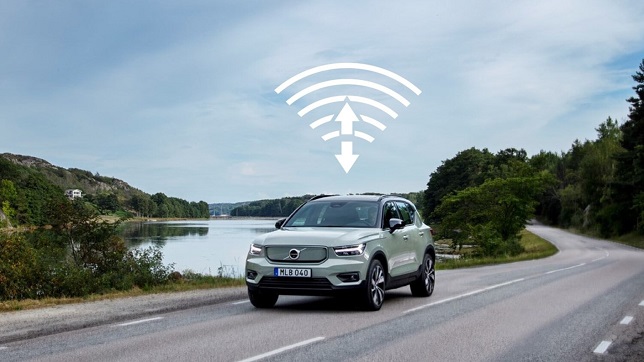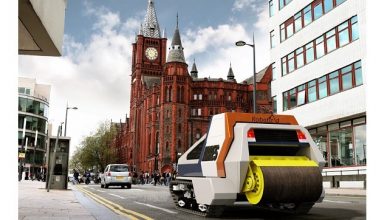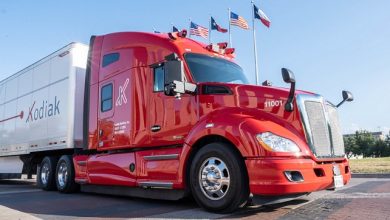Volvo Cars and Ericsson achieve cross-border 5G network vehicular handover

The test, at the AstaZero test track in Sweden, is part of the EU-funded 5GCroCo project – a major initiative that is preparing for large-scale connected car trials along a 5G corridor between Metz in France, Merzig in Germany and Luxembourg.
The AstaZero track tests proved that seamless service continuity on 5G networks can be guaranteed across borders – good news as cross-border handovers are essential to enabling continuous driving experiences between national networks when connected and autonomous vehicles cross from one country to another.
Crossing borders by car is often part of a longer journey – and long journeys are one of the circumstances when high-quality maps are appreciated most. The Ericsson/Volvo trial also utilized 5G connectivity to ensure that maps were constantly updated with the latest real-time information to aid future autonomous driving operations and an understanding of the environment beyond the range of the vehicle and its sensors.
As part of the test, Ericsson deployed a 5G mobile radio network while two Volvo cars received an HD map of the route ahead. By updating the maps with information from sensor readings, connected cars can detect and distinguish between driving lanes ahead.
However, even freshly updated HD maps can have outdated information. In such instances, the cars also send real-time updates to the Mobile Edge Cloud, which allows cars behind to obtain relevant updates from the Cloud.
The HD map application, provided by Volvo Cars, captured information about the boundaries of straight and turning lanes, so that the cars could better recognize different situations.
This functionality was made possible by the Cooperative, Connected, and Automated Mobility (CCAM) ecosystem, enabling autonomous and connected cars to behave like smart clusters rather than individual units.
Mikael Prytz, Research Director, Ericsson Area Networks, says: “Sharing an updated map with other cars is a latency-sensitive task and requires high network performance within and across multiple networks. During the test at the AstaZero track, we could tackle this challenge with promising results. We are excited to continue our cooperation with Volvo Cars to expand the network mobility of autonomous and connected cars.”



